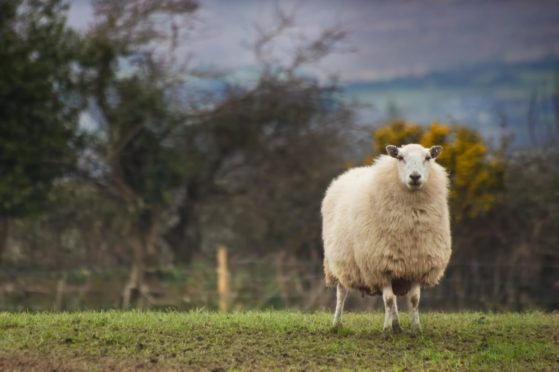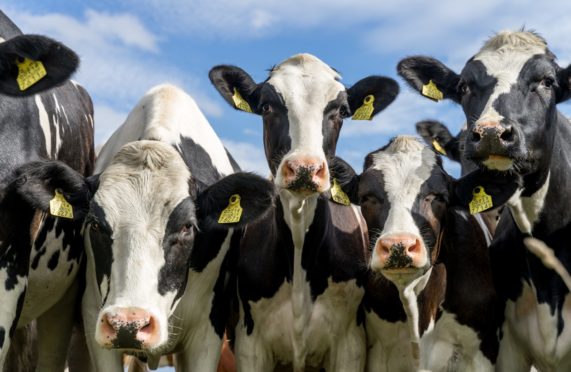Lameness and endemic diseases, including Johne’s and liver fluke, are compromising the wellbeing of the cattle and sheep industries in the UK, warns an animal health body.
Ruminant Health & Welfare (RH&W) – a body tasked with co-ordinating UK-wide efforts to tackle endemic cattle, sheep and goat diseases – made the comments in response to findings from its livestock disease survey.
It said the survey findings, which are based on more than 650 responses from farmers and vets across the UK, suggest lameness-related problems and endemic infectious disease are eroding the efficiency of production on cattle and sheep farms across the country.
RH&W chairman Nigel Miller – a Berwickshire farmer, qualified vet and former NFU Scotland president – said the results would help inform the body’s future work.
“These results are some of the first that truly take into account those at the coalface of farming, who deal with these diseases and conditions on a daily basis,” said Mr Millar.
“We will now take these results forward to a workshop where priorities will be discussed, existing interventions established and gaps identified where RH&W could facilitate or speed progress and overcome barriers.”
Results from the survey reveal the main disease concerns in the sheep sector are foot rot, contagious ovine digital dermatitis (CODD), sheep scab, liver fluke, fly strike and parasitic gastroenteritis (PGE).
The main syndromes impacting sheep health and welfare were neonatal lamb disease or mortality, reproductive failure, anthelmintic resistance, joint ill and mastitis.
Meanwhile, the main disease concerns in the cattle sector were cited as digital dermatitis, bovine viral diarrhoea (BVD), Johne’s disease, liver fluke, and viral pneumonia.
The survey also cited the main syndromes impacting cattle health and welfare as lameness, reproductive failure, neonatal or calf disease, mastitis, and bovine respiratory disease (BRD).
National Sheep Association chief executive, Phil Stocker, welcomed the results from the survey and said: “Overall, we do have solutions to many of the common diseases that are causing problems, but putting them in place on-farm creates challenges.”
British Cattle Veterinary Association board member, Colin Mason, said it was disappointing that digital dermatitis and lameness remained so damaging to the industry.
He said: “Equally, fertility, mastitis and youngstock disease continue to be headlines that must be addressed.”

